(NaturalNews) It’s got all the exciting elements of a science fiction novel. A seed bank as strong as a fortress built into the side of a mountain in the remote arctic wilderness built for the purpose of preserving food sources in the event of a disaster. Among the specifications for the bank are dual blast-proof doors with motion sensors, two airlocks, and one-meter thick walls of steel reinforced concrete.
“If you control the oil you control the country; if you control the food you control the population.” — Henry Kissinger
Built on the island of Spitsbergen in the Barents Sea near the Arctic Ocean in the country of Norway, a group of wealthy corporations has invested millions of dollars in their project named the Svalbard Global Seed Vault. The mission statement is: “So that crop diversity can be conserved for the future”.
The seed vault will have the capacity to house up to 4.5 million different varieties of seeds from all over the planet. The Doomsday Vault will officially open on February 26, 2008. There will be no full time staff necessary to operate the seed vault. It has been designed to run itself independent of human direction. Svalbard will be managed and overseen by the Rome-based Global Crop Diversity Trust.
The question begs asking – Why the need for this super fortress seed bank when adequate protective measures for the earth’s seeds already exist around the world? Delving into the details of this project is an interesting undertaking.
The group of investors includes The Bill and Melinda Gates Foundation, The Rockefeller Foundation, Monsanto Corporation, Syngenta Foundation, and the Government of Norway. Both Monsanto Corporation (US based) and Syngenta Foundation (Swiss based) are leading agricultural companies active in the development of genetically modified (GMO) plant seeds and related agricultural chemicals.
Read moreInvestors Behind Doomsday Seed Vault May Provide Clues to Its Purpose (Part 2)

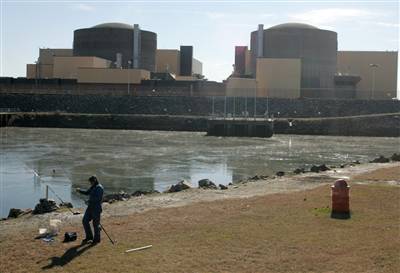
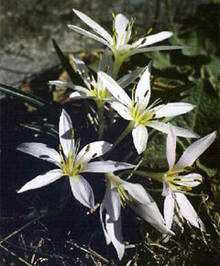
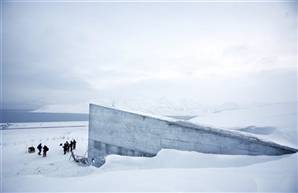

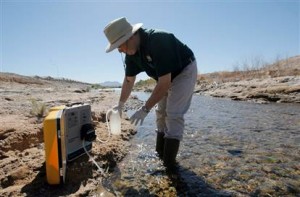

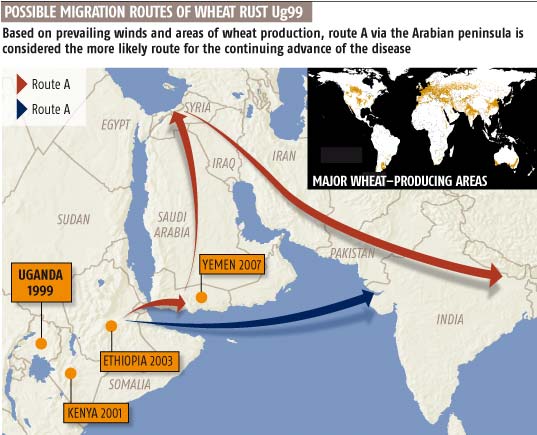 Possible migration routes of wheat rust Ug99
Possible migration routes of wheat rust Ug99